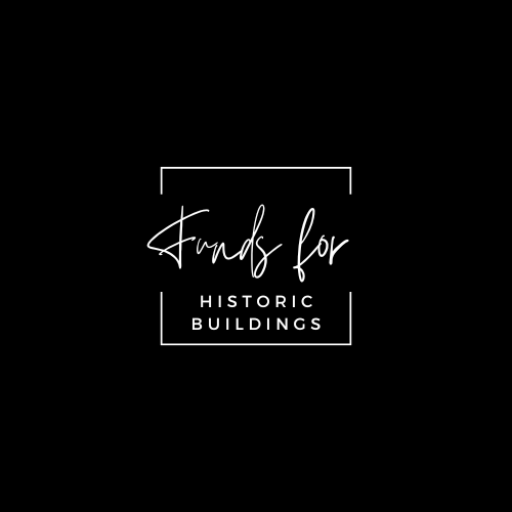London tower: A fortified castle

Learn about London's castle, a fortified castle, a royal palace, and a notorious prison. Discover the renowned castle and World Heritage Site in London. In the year of the Platinum Jubilee, get up close to the Crown Jewels, meet the fabled Yeoman Warders ravens, and experience the Tower like never before.
Prices for the tickets
Explore the famous castle in London. Tickets for the London Tower alone cost (donation not included): Members: no cost adult: £29.90 Child: £14. 90 Arriving here in London, United Kingdom, EC3N 4AB At the Tower of London on Halloween. As you tour the grounds of the Tower during the spookiest season of the year, you'll be kept watch over by ravens and follow in the footsteps of our famed inmates.
London tower: Layout
Archaeologist Alan Vince contends that it was intentional for the Tower to have its most magnificent and powerful defenses facing Saxon London. It would have visually dominated the neighborhood and stood out to river traffic. The London Tower Liberties are an additional 6 acres (2. 4 ha) of land surrounding the Tower of London that is directly influenced by the castle and was cleared for military purposes. The castle has an enclosure of almost 12 acres (4. 9 hectares). The 13th century saw the creation of the Liberties' forerunner.
The White Tower
The White Tower is a keep, or donjon, which was often the strongest part of a medieval castle and housed accommodations fit for the lord, in this case the monarch or his representative. The big tower, or White Tower, was also the donjon because of its might, majesty, and lordly accommodations, according to military historian Allen Brown.
The White Tower is 27 meters (90 feet) high at the southern battlements and measures 36 by 32 meters (118 by 105 feet) at the base, not including its projecting corner towers. The building had a basement floor, an entrance level, and an upper floor when it was first built. The entrance was above ground, as is customary for Norman keep entrances, and was accessible through a wooden stairway that could be dismantled in the event of an attack. It was located on the south face of the keep.
A forebuilding was most likely erected to the south side of the tower during the time of Henry II (1154–1189) to add additional entrance defenses, but it has since been destroyed. Each story was divided into three chambers, with the chapel taking up the entry and top floors in the southeast, a smaller room in the north-east, and the main chamber on the west of Majesty's royal palace.

Square towers are located at the building's western corners, and a round tower with a spiral stairway is located to the east. A bigger, semi-circular protrusion in the southeast corner contains the .Although some local mudstone was also used, Kentish rag-stone served as the primary building material. Although little of the original material remains today due to Portland stone's replacement of Caen stone in the 17th and 18th centuries, Caen stone was transported from northern France to create details in the Tower's façade. Reigate stone was also used for carvings and as ashlar.
It was probably utilized when access to Caen stone was restricted because of its location in the lower courses of the construction and at higher levels corresponding to a building break. Only two original windows, however restored, can be found on the south wall at gallery level of the Tower because the majority of its windows were extended in the 18th century london pass Wakefield tower.
The northern side of the basement
The northern side of the basement is largely below ground level because the tower was terraced into the edge of a hill. Like the majority of keeps. The Constable of the Tower, the Lieutenant of the Tower of London, and other important officials were likely supposed to use the entrance floor. In the seventeenth century, the south gate was barred and did not reopen until 1973. A smaller room to the east, likewise connected to the entrance level, was required for access to the upper floor of royal residence king richard iii.
Only the eastern chamber provided access to the crypt of St. John's Chapel, which was located in the southeast corner. According to Geoffrey Parnell, Keeper of the tower hill royal mint.
History at the Royal Armouries, "the windowless form and restricted access, imply that it was constructed as a strong-room for safeguarding of royal riches and crucial documents." There is a recess in the north wall of the crypt.
The upper floor housed St. John's Chapel in the southeast and a great hall in the west and east that were both initially open to the roof and surrounded by a gallery built into the wall. The current roof and top story were both constructed in the fifteenth century. Since the apsidal projection was constructed after the basement walls, St. John's Chapel was not originally intended to be a component of the White Tower of st peter ad vincula bloody tower.
